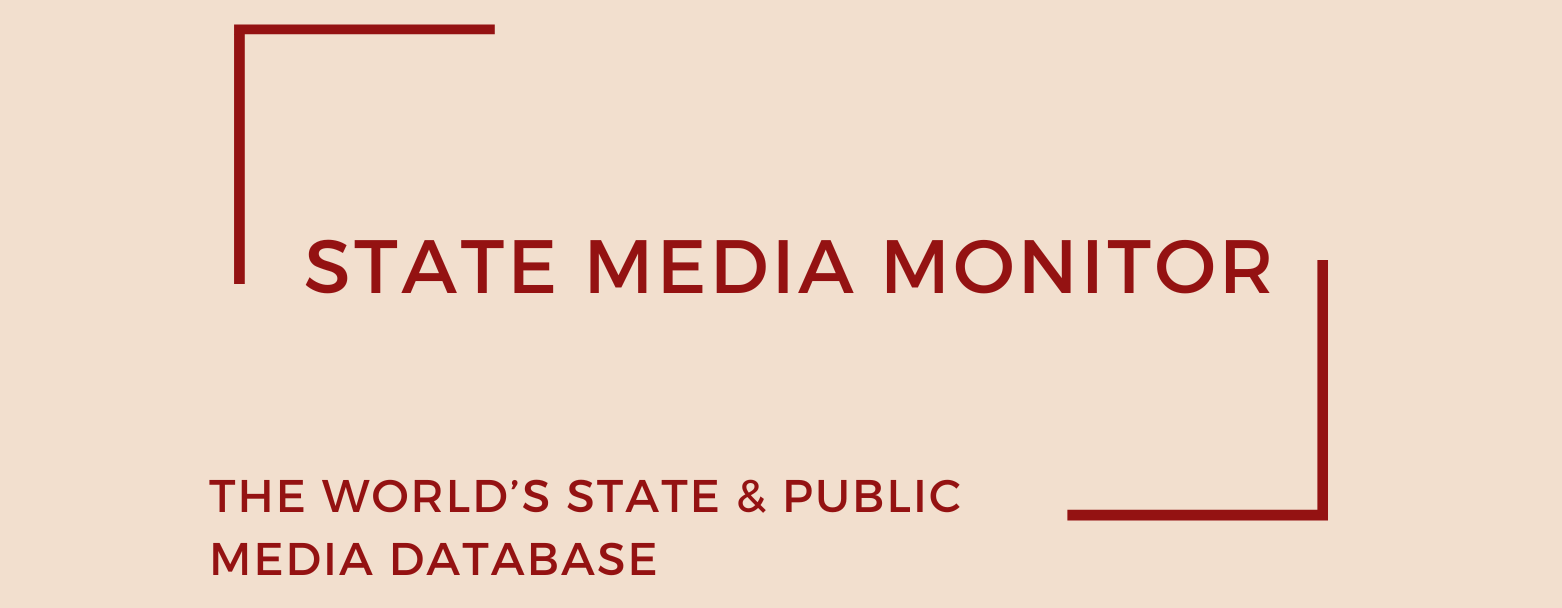Corporacion Estatal de Radio y Television (CERTV)
The Corporación Estatal de Radio y Televisión (CERTV) is the Dominican Republic’s public broadcasting entity, operating under the Ministry of Culture. Established by Law 134-03 in 2003, CERTV is the successor to a lineage of state media that began in 1942 with the radio station Voz del Yuna. Television broadcasting commenced in 1952 with La Voz Dominicana, making it one of the earliest TV stations in Latin America. Over the decades, the broadcaster underwent several transformations, including names like Radio Santo Domingo Televisión and Radio Televisión Dominicana (RTVD), before adopting its current structure.
Media assets
Television: Canal4RD, Quisqueya TV (17.1), EDUMAS TV (17.2), RTVD 4 Internacional
Radio: Dominicana 98.9/99.9 FM, Quisqueya FM, Radio Santo Domingo, EDUMAS Radio
State Media Matrix Typology
Independent State Financed and State Managed (ISFM)
Ownership and governance
CERTV operates as a state-owned company under the oversight of a Board of Directors, which includes representatives from various government ministries and sectors, as stipulated by Article 9 of Law 134-03. The Board appoints the Director General and other key positions, ensuring alignment with national cultural and educational objectives.
State authorities appoint the Board members. According to Article 9 of the law, the Board’s composition is as follows: a representative of the Ministry of Culture; the Secretary of State for Education; the Secretary of State for Higher Education, Science, and Technology; the Technical Secretary of the Presidency; the General Administrator of the Reserve Bank of the Dominican Republic; a representative of foundations linked to education and culture; and three individuals with proven prestige, knowledge, and experience in the field of radio and television communications, who have no direct and substantial interests in the commercial radio and television industry.
The President of the Republic decides who will hold the positions of President, Vice-President, and Secretary of the Board.
In April 2022, Iván Ruiz was appointed as the Director General of CERTV. Under his leadership, CERTV embarked on a comprehensive reform agenda aimed at modernizing the broadcaster and enhancing its editorial independence.
The law requires that, apart from the director, the company’s employees must be chosen by a career service to prevent them from being arbitrarily removed. However, the selection process depends on the Board of Directors, which the government controls.
Source of funding and budget
CERTV’s operations are primarily financed through public funds, including allocations from the state budget, special allowances from the presidency, and a designated percentage of the official budget for state advertising, as outlined in Article 25 of Law 134-03. In 2021, the budget stood at US$ 8.4 million, increasing to US$ 11.8 million in 2022.
Editorial independence
Throughout its history, CERTV’s channels have been known for their propagandistic content. The 4RD evening newscast is a clear example of Dominican state television’s propagandist approach. An ad hoc content analysis conducted for this project in 2021 revealed that the content on CERTV’s platforms openly endorsed propaganda.
The CERTV has undergone significant transformations in recent years, particularly under the leadership of Iván Ruiz. Appointed as Director General in April 2022, Ruiz initiated a comprehensive reform process to enhance the broadcaster’s quality and editorial independence. These reforms received approval from CERTV’s board of directors and garnered positive media attention.
Under Ruiz, CERTV has achieved 100% transparency ratings for two consecutive months, as reported by the General Directorate of Ethics and Government Integrity (DIGEIG).
Consequently, in August 2024, CERTV was reclassified as an Independent State Funded and State Managed Media (ISFM) in the State Media Monitor’s matrix.
May 2025
Citation (cite the article/profile as part of):
Dragomir, M. (2025). State Media Monitor Global Dataset 2025.
Media and Journalism Research Center (MJRC).
Zenodo.
https://doi.org/10.5281/zenodo.17219015
This article/profile is part of the State Media Monitor Global Dataset 2025, a continuously updated dataset published by the Media and Journalism Research Center (MJRC).
